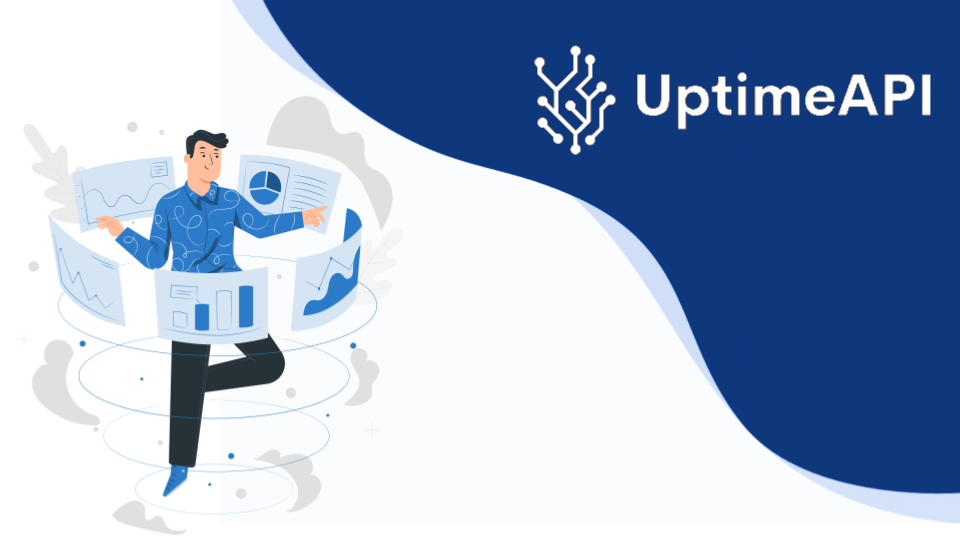Real Time API Monitoring Is Crucial For Developers: All About It

In today’s fast-paced digital landscape, maintaining the reliability of APIs is crucial for delivering seamless user experiences. Developers need tools that offer real-time visibility and actionable insights to ensure their APIs are functioning optimally. Enter Uptime API, a powerful tool designed to meet these needs with its robust real-time API monitoring capabilities.
Introduction to Uptime API
Uptime API is a cutting-edge solution tailored for developers who require comprehensive monitoring of their APIs. Its primary function is to provide real-time insights into API performance, ensuring that potential issues are detected and addressed before they impact end-users. By offering instant alerts and detailed analytics, Uptime API helps developers maintain the high availability and performance of their services.
Features and Benefits of Uptime API
- Real-Time Monitoring: At the heart of Uptime API’s functionality is its real-time monitoring capability. It continuously tracks the status of your APIs, ensuring that any anomalies or performance degradation are promptly detected. This allows developers to act quickly and mitigate any potential disruptions.
- Instant Alerts: Uptime API excels in its ability to send instant alerts when it detects issues. Whether it’s a service outage, a slow response time, or any other performance-related problem, the tool provides immediate notifications. These alerts can be customized to fit specific thresholds or criteria, allowing developers to tailor their monitoring to their unique needs.
- Detailed Analytics: Understanding the root cause of performance issues requires more than just alerts; it requires data. Uptime API offers detailed analytics that help developers delve into API performance metrics. This includes response times, uptime percentages, and error rates, all presented in an intuitive and user-friendly dashboard.
- Seamless Integration: Uptime API integrates effortlessly with various development tools and platforms. This seamless integration ensures that you can incorporate real-time monitoring into your existing workflows without any disruption.
Watch this video!
Step-by-Step Guide for Developers
- Sign Up and Configure: Begin by signing up for Uptime API on their official website. Once registered, configure your API endpoints and set up the monitoring parameters according to your specific needs.
- Set Up Alerts: Define the thresholds for alerts based on your performance criteria. Uptime API allows you to customize alert settings so that you receive notifications for issues that are most critical to your application.
- Monitor and Analyze: Start monitoring your APIs in real time. Utilize the dashboard to view live performance metrics and analyze the data provided by Uptime API.
- Review Reports: Regularly review the comprehensive reports generated by Uptime API. Use these insights to make informed decisions about performance optimization and to address any recurring issues.
- Adjust and Improve: Based on the data and alerts, make necessary adjustments to improve your API’s performance. Uptime API’s analytics will help guide your optimization efforts.
Conclusion
Uptime API stands out as an essential tool for developers who prioritize real-time API monitoring and instant insights. By offering continuous monitoring, customizable alerts, and detailed analytics, Uptime API empowers developers to maintain the high performance and reliability of their APIs. Its seamless integration with existing workflows and comprehensive reporting further enhance its value. For developers seeking to detect issues before they impact users, Uptime API is the go-to solution for effective and efficient real-time API monitoring.
